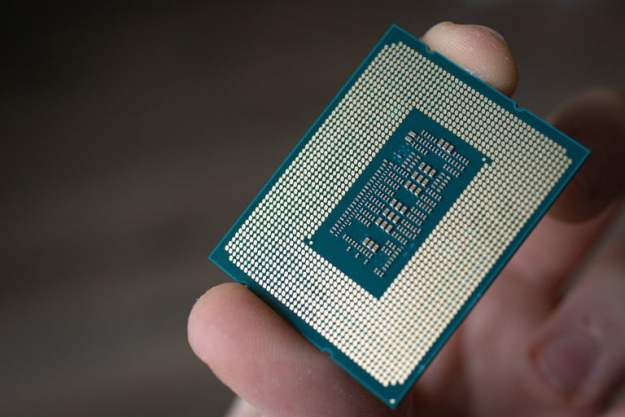
Graph databases are exactly what is needed because they are built around the relationships between data, not just the data itself as with the more typical relational database. Microsoft made its own graph database engine, appropriately titled the Microsoft Graph Engine and part of Microsoft Cognitive Services, open source, InfoWorld reports.
While the details are something only a database analyst would love, the impact could be significant. Graph Engine competes against a number of alternatives, including the open-source project Neo4J. Microsoft’s decision to open-source the Graph Engine should significantly expand its use by organizations who need to pull together disparate sources of information and leverage their connections.
Graph Engine grew out of Microsoft’s Infinity project and is a more powerful solution than Neo4J in that it includes functionality that is only available in that system’s commercial edition that is aimed squarely at the enterprise. Now, developers can gain access to a more complete graph database simply by heading over to GitHub and downloading the source code.
So far, the Graph Engine is only for Windows but according to Software Development Times, an upcoming Linux version is rumored. What this means for the rest of us is that more people will be able to analyze today’s complex, interconnected information in more ways than ever before. That will likely result in things we all appreciate like better crime detection, but also things like a better analysis of our Facebook friends’ list, resulting in even more annoying targeted advertising.


